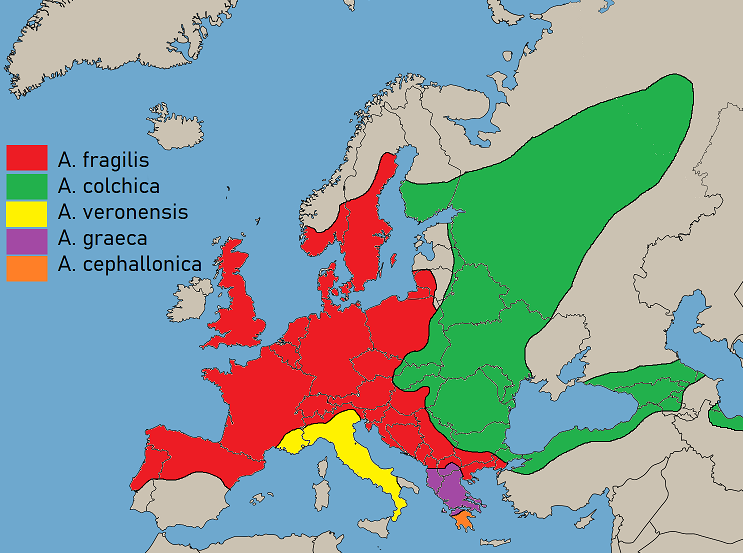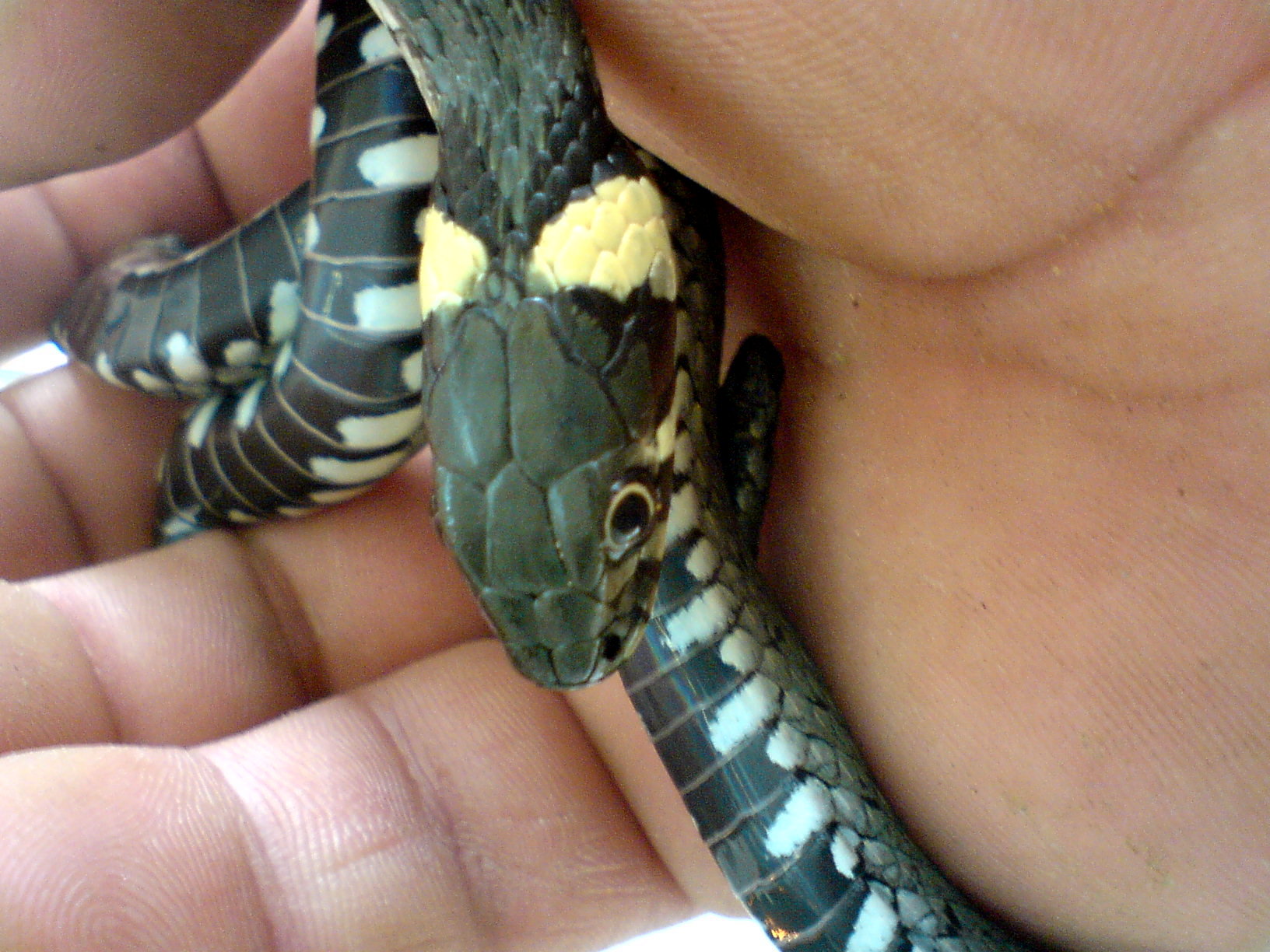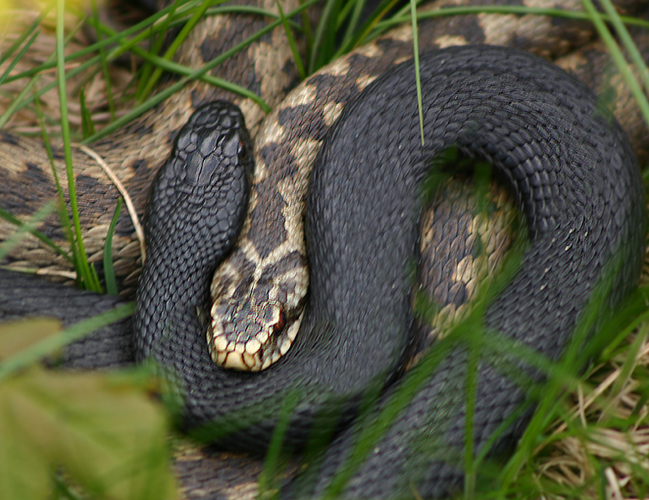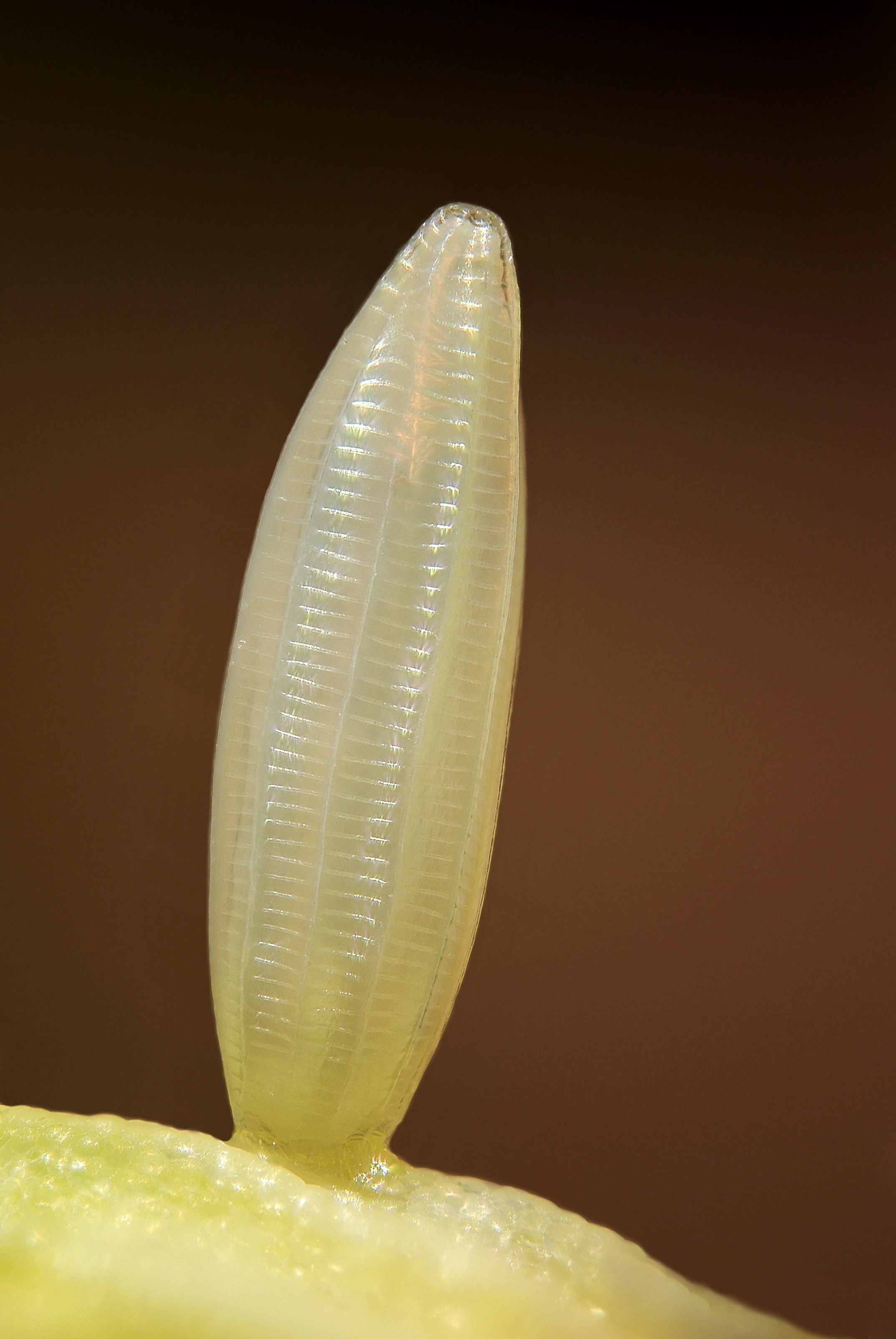|
Ruttersleigh
Ruttersleigh () is a biological Site of Special Scientific Interest between Buckland St Mary and Staple Fitzpaine on the north-facing slope of the Blackdown Hills. in Somerset, notified in 1991. Part of the land designated as Ruttersleigh Site of Special Scientific Interest is owned by the Crown Estate. This site comprises a mosaic of broadleaved woodland, scrub, bracken, mires and unimproved grassland which provides the habitat for several species of butterfly which are now scarce in Britain. The site is also important for its lichen A lichen ( , ) is a composite organism that arises from algae or cyanobacteria living among filaments of multiple fungi species in a mutualistic relationship.ancient woo ... [...More Info...] [...Related Items...] OR: [Wikipedia] [Google] [Baidu] |
Sites Of Special Scientific Interest In Somerset
__NOTOC__ This is a list of the Sites of Special Scientific Interest (SSSIs) in Somerset, England, United Kingdom. In England the body responsible for designating SSSIs is Natural England Natural England is a non-departmental public body in the United Kingdom sponsored by the Department for Environment, Food and Rural Affairs. It is responsible for ensuring that England's natural environment, including its land, flora and fauna, ..., which chooses a site because of its fauna, plant, flora, geology, geological or physiographical features. There are 127 sites designated in this Area of Search, of which 83 have been designated due to their biological interest, 35 due to their geological interest, and 9 for both. Natural England took over the role of designating and managing SSSIs from English Nature in October 2006 when it was formed from the amalgamation of English Nature, parts of the Countryside Agency and the Rural Development Service. Natural England, like its predecessor, u ... [...More Info...] [...Related Items...] OR: [Wikipedia] [Google] [Baidu] |
Buckland St Mary
Buckland St Mary is a village and parish in Somerset, England, situated to the west of Ilminster and south of Taunton in the South Somerset district, close to the A303. The village has a population of 521. The parish is within the Blackdown Hills Area of Outstanding Natural Beauty and includes the hamlet of Birchwood. History Nearby is Castle Neroche a Norman motte-and-bailey castle on the site of an earlier hill fort. The name of the village is thought to mean "''land granted by charter''" with the addition of the church's dedication. Buckland was part of the hundred of Abdick and Bulstone. The village was chosen as Village of the Year for Somerset in the Calor 2008 competition. Governance The parish council has responsibility for local issues, including setting an annual precept (local rate) to cover the council's operating costs and producing annual accounts for public scrutiny. The parish council evaluates local planning applications and works with the loc ... [...More Info...] [...Related Items...] OR: [Wikipedia] [Google] [Baidu] |
Common Lizard
The viviparous lizard, or common lizard, (''Zootoca vivipara'', formerly ''Lacerta vivipara''), is a Eurasian lizard. It lives farther north than any other species of non-marine reptile, and is named for the fact that it is viviparous, meaning it not only lays eggs, but also gives birth to live young. Both "''Zootoca''" and "''vivipara''" mean "live birth," in Greek and Latin respectively. It was called ''Lacerta vivipara'' until the genus ''Lacerta'' was split into nine genera in 2007 by Arnold, Arribas & Carranza. Male and female ''Zootoca vivipara'' are equally likely to contract blood parasites. Additionally, larger males have been shown to reproduce more times in a given reproductive season than smaller ones. The lizard is also unique as it is exclusively carnivorous, eating only flies, spiders, and insects. Studies show that the more carnivorous an individual is (the more insects they eat), the less diverse the population of parasitic helminths that infest the lizards. '' ... [...More Info...] [...Related Items...] OR: [Wikipedia] [Google] [Baidu] |
Slowworm
The slow worm (''Anguis fragilis'') is a reptile native to western Eurasia. It is also called a deaf adder, a slowworm, a blindworm, or regionally, a long-cripple and hazelworm. These legless lizards are also sometimes called common slowworms. The "blind" in blindworm refers to the lizard's small eyes, similar to a blindsnake (although the slowworm's eyes are functional). Slow worms are semifossorial (burrowing) lizards, spending much of their time hiding underneath objects. The skin of slow worms is smooth with scales that do not overlap one another. Like many other lizards, they autotomize, meaning that they have the ability to shed their tails to escape predators. While the tail regrows, it does not reach its original length. In the UK, they are common in gardens and allotments, and can be encouraged to enter and help remove pest insects by placing black plastic or providing places to shelter such as piles of logs, corrugated iron sheets or under tiles. On warm days, one or ... [...More Info...] [...Related Items...] OR: [Wikipedia] [Google] [Baidu] |
Grass Snake
The grass snake (''Natrix natrix''), sometimes called the ringed snake or water snake, is a Eurasian non-venomous colubrid snake. It is often found near water and feeds almost exclusively on amphibians. Subspecies Many subspecies are recognized, including: ''Natrix natrix helvetica'' ( Lacépède, 1789) was formerly treated as a subspecies, but following genetic analysis it was recognised in August 2017 as a separate species, ''Natrix helvetica'', the barred grass snake. Four other subspecies were transferred from ''N. natrix'' to ''N. helvetica'', becoming ''N. helvetica cettii'', ''N. helvetica corsa'', ''N. helvetica lanzai'' and ''N. helvetica sicula''. Description The grass snake is typically dark green or brown in colour with a characteristic yellow or whitish collar behind the head, which explains the alternative name ringed snake. The colour may also range from grey to black, with darker colours being more prevalent in colder regions, ... [...More Info...] [...Related Items...] OR: [Wikipedia] [Google] [Baidu] |
Vipera Berus
''Vipera berus'', the common European adderMallow D, Ludwig D, Nilson G. (2003). ''True Vipers: Natural History and Toxinology of Old World Vipers''. Malabar, Florida: Krieger Publishing Company. . or common European viper,Stidworthy J. (1974). ''Snakes of the World''. New York: Grosset & Dunlap Inc. 160 pp. . is a venomous snake that is extremely widespread and can be found throughout most of central and eastern Europe and as far as East Asia. Known by a host of common names including common adder and common viper, adders have been the subject of much folklore in Britain and other European countries. They are not regarded as especially dangerous; the snake is not aggressive and usually bites only when really provoked, stepped on, or picked up. Bites can be very painful, but are seldom fatal. The specific name, ''berus'', is New Latin and was at one time used to refer to a snake, possibly the grass snake, ''Natrix natrix''.Gotch AF. (1986). ''Reptiles: Their Latin Names Explaine ... [...More Info...] [...Related Items...] OR: [Wikipedia] [Google] [Baidu] |
Wood Warbler
The wood warbler (''Phylloscopus sibilatrix'') is a common and widespread leaf warbler which breeds throughout northern and temperate Europe, and just into the extreme west of Asian Russia in the southern Ural Mountains. This warbler is strongly migratory and the entire population winters in tropical Africa. Name The genus name ''Phylloscopus'' is from Ancient Greek ''phullon'', "leaf", and ''skopos'', "seeker" (from ''skopeo'', "to watch"). The specific ''sibilatrix'' is Latin for "whistler". At the end of the nineteenth century the bird was also called "wood-wren". Habitat This is a bird of open but shady mature woodlands, such as beech and sessile oak, with some sparse ground cover for nesting. The dome-shaped nest is built near the ground in low shrub. Six or seven eggs are laid in May; there may be a second brood. Like most Old World warblers, this small passerine is insectivorous. The main nest predators of wood warblers breeding in the primeval habitat of Biało ... [...More Info...] [...Related Items...] OR: [Wikipedia] [Google] [Baidu] |
Common Redstart
The common redstart (''Phoenicurus phoenicurus''), or often simply redstart, is a small passerine bird in the genus ''Phoenicurus''. Like its relatives, it was formerly classed as a member of the thrush family, (Turdidae), but is now known to be an Old World flycatcher (family Muscicapidae). Taxonomy and systematics The first formal description of the common redstart was by the Swedish naturalist Carl Linnaeus in 1758 in the tenth edition of his ''Systema Naturae'' under the binomial name ''Motacilla phoenicurus''. The genus ''Phoenicurus'' was introduced by the English naturalist Thomas Forster in 1817. The genus and species name ''phoenicurus'' is from Ancient Greek ''phoinix'', "red", and ''-ouros'' -"tailed". Two subspecies are accepted. The nominate ''P. p. phoenicurus'' is found all over Europe and reaches into Siberia. To the southeast, subspecies ''P. p. samamisicus'' is found from the Crimean Peninsula through Turkey, the Middle East, and into Central Asia. It is sli ... [...More Info...] [...Related Items...] OR: [Wikipedia] [Google] [Baidu] |
Nightingale
The common nightingale, rufous nightingale or simply nightingale (''Luscinia megarhynchos''), is a small passerine bird best known for its powerful and beautiful song. It was formerly classed as a member of the thrush family Turdidae, but is now more generally considered to be an Old World flycatcher, Muscicapidae. It belongs to a group of more terrestrial species, often called chats. Etymology "Nightingale" is derived from "night" and the Old English ''galan'', "to sing". The genus name ''Luscinia'' is Latin for "nightingale" and ''megarhynchos'' is from Ancient Greek ''megas'', "great" and ''rhunkhos'' "bill". Subspecies *western nightingale (''L. m. megarhynchos'') - Western Europe, North Africa and Asia Minor, wintering in tropical Africa *Caucasian nightingale (''L. m. africana'') - The Caucasus and eastern Turkey to southwestern Iran and Iraq, wintering in East Africa *eastern nightingale (''L. m. golzii'') - The Aral Sea to Mongolia, wintering in coastal East Africa ... [...More Info...] [...Related Items...] OR: [Wikipedia] [Google] [Baidu] |
Marsh Fritillary
The marsh fritillary (''Euphydryas aurinia'') is a butterfly of the family Nymphalidae. Commonly distributed in the Palearctic region, the marsh fritillary's common name derives from one of its several habitats, marshland. The prolonged larval stage lasts for approximately seven to eight months and includes a period of hibernation over the winter. The larvae are dependent on the host food plant ''Succisa pratensis'' not only for feeding but also for hibernation, because silken webs are formed on the host plant as the gregarious larvae enter hibernation. Females lay eggs in batches on the host plant and are, like other batch-layers, selective about the location of oviposition because offspring survivorship levels for batch-layers are more tied to location selection than they are for single-egg layers. As of 2019 the butterfly's global conservation status is considered of least concern, but it has faced rapid decline and is considered regionally vulnerable or endangered over much o ... [...More Info...] [...Related Items...] OR: [Wikipedia] [Google] [Baidu] |
Leptidea Sinapis
''Leptidea sinapis,'' or the wood white butterfly of the family Pieridae, is a small white butterfly that is mainly found in England, Ireland, and Northern Europe. The butterfly has white wings with grey or yellow markings near the center or tip of the wing. It flies slowly and low over its shrubbery habitat. Males initiate courtship with females and can mate multiply, while females tend to only mate once in their lifetime. The wood white was added to the UK BAP Priority Species list in 2005 due to a substantial decline in the population, especially in England. This decline has been attributed to changes in woodland regions, including increased shade due to tree planting, and the failure to maintain woodland rides in a satisfactory way for wood whites to oviposit. Conservation efforts are currently striving to understand how to best maintain woodland regions and are examining the effect of climate change (particularly during the winter months) on egg survival. Taxonomy There ... [...More Info...] [...Related Items...] OR: [Wikipedia] [Google] [Baidu] |
Chaenotheca Stemonea
''Chaenotheca'' is a genus of lichenized fungi within the family Coniocybaceae. The sexual reproduction structures are a mass of loose ascospores that are enclosed by a cup shaped exciple sitting on top of a tiny stalk, having the appearance of a dressmaker's pin (called a mazaedium), hence the common name pin lichen.Field Guide to California Lichens, Stephen Sharnoff, Yale University Press, 2014, Genus members are also commonly called needle lichens. Species *''Chaenotheca balsamconensis'' – North America *''Chaenotheca biesboschii'' – Netherlands *'' Chaenotheca brachypoda'' *'' Chaenotheca brunneola'' *'' Chaenotheca chlorella'' *''Chaenotheca chrysocephala'' *''Chaenotheca citriocephala'' *''Chaenotheca confusa'' – South America *''Chaenotheca degelii'' *''Chaenotheca deludens'' *''Chaenotheca erkahomattiorum'' – North America *''Chaenotheca ferruginea'' *''Chaenotheca furfuracea'' *''Chaenotheca gracilenta'' *''Chaenotheca gracillima'' *''Chaenothe ... [...More Info...] [...Related Items...] OR: [Wikipedia] [Google] [Baidu] |
_in_the_Aamsveen%2C_The_Netherlands.jpg)





